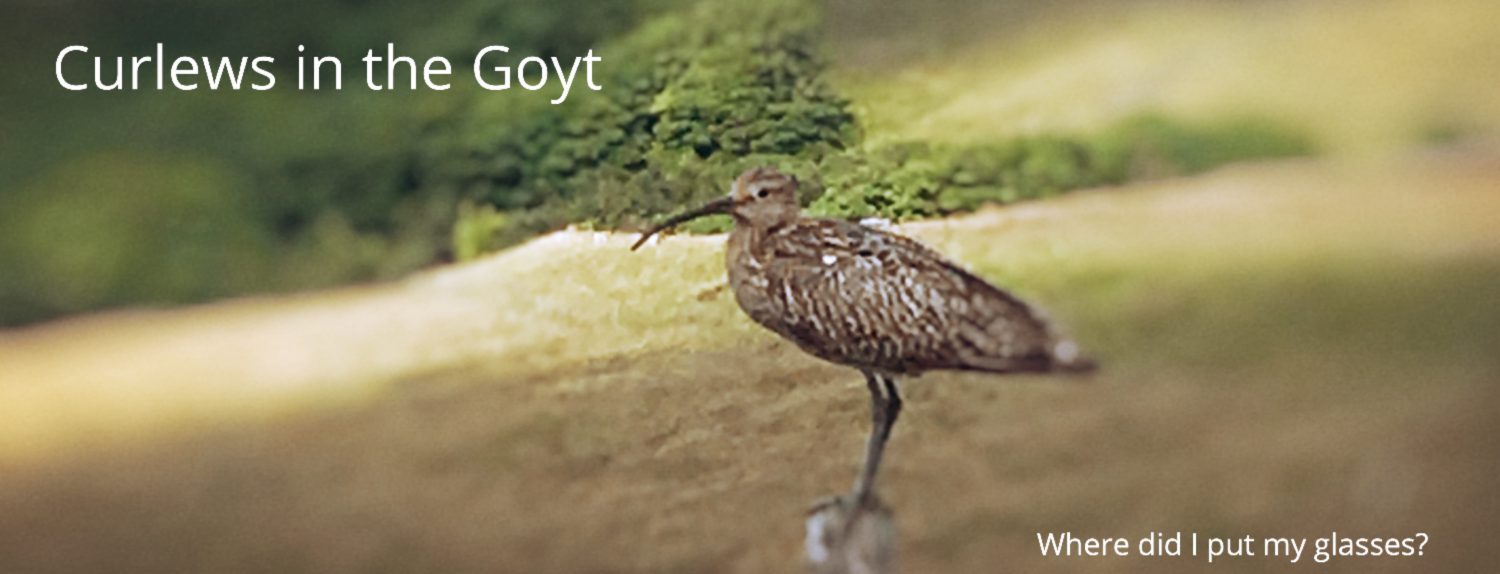A personal view
The concept of No Mow May is gaining momentum across the country, despite the best efforts of some local authorities to thwart the idea. It has found favour particularly among those who care about preserving the environment and marks a steady cultural shift to value and prioritise nature in our gardens.
No Mow May is all about allowing grass and other plants to grow freely without any intervention from humans. Instead of regularly trimming the lawn, individuals and local authorities are encouraged to leave it alone during the entire month of May, creating benefits for insects and plants alike.
As we know insects play a critical role in supporting life; they play a key role in keeping ecosystems functioning, healthy, and balanced. When we cut our lawns regularly, we often destroy the natural habitats of insects, making it impossible for them to survive and thrive. By allowing the grass to grow, flowers can also grow freely, providing a vital source of food for pollinating insects such as bees and butterflies. A refuge for invertebrates in turn provides a ready food supply for hedgehogs, birds, bats and amphibians.
Plants, too, benefit from leaving the mower in the shed. You may be surprised by the plant diversity in your lawn, and the cumulative effect of millions of tiny meadows in our back gardens will help to mitigate the loss of 97% of the UK’s wildflower meadows.
Less mowing reduces the carbon footprint of gardening, and allowing plants to grow without interruption means that they can continue to absorb carbon dioxide and release oxygen, contributing significantly to the overall health of the environment. Roots become more established and therefore lock away more carbon below ground. This is particularly important in urban areas, where green space is limited and pollution levels are high. Plants also serve as natural air filters, trapping pollutants and purifying the air, which is beneficial to both humans and animals alike.
Furthermore, No Mow May gives gardeners and nature enthusiasts a unique opportunity to observe and appreciate the beauty of nature. We can see how grasses and wildflower species are interdependent, creating a unique ecosystem in which each living entity thrives on the other. By observing the natural world around us, we can gain a better appreciation of our environment and develop a greater sense of responsibility for its care.
No Mow May is an important initiative that seeks to promote the health and wellbeing of our ecosystems. It provides an opportunity for us to allow the natural world to take charge for a while, creating a beautiful and thriving world around us. By embracing No Mow May, we can demonstrate our commitment to preserving our natural environment and contribute to the overall health of our planet.
So that’s May sorted.
But why stop at May? Perhaps No Mow Summer may be a better idea so that the insect and plant communities that have developed and grown up during May are not suddenly cut back? To cut the grass in June will destroy the plant and insect communities just as they have got going. So why not keep the mower in the shed at least for part of the garden so that nature can thrive.
If you are no mowing either during May or perhaps for the summer, we would love to see your photographs and to hear your stories of flora and fauna that has taken advantage of the opportunities and conditions

Lilly the Collie enjoying an unmown meadow in the Peak District

I love long grass- the seed heads are all sorts of subtle colours. Walking through a meadow is such a joy.